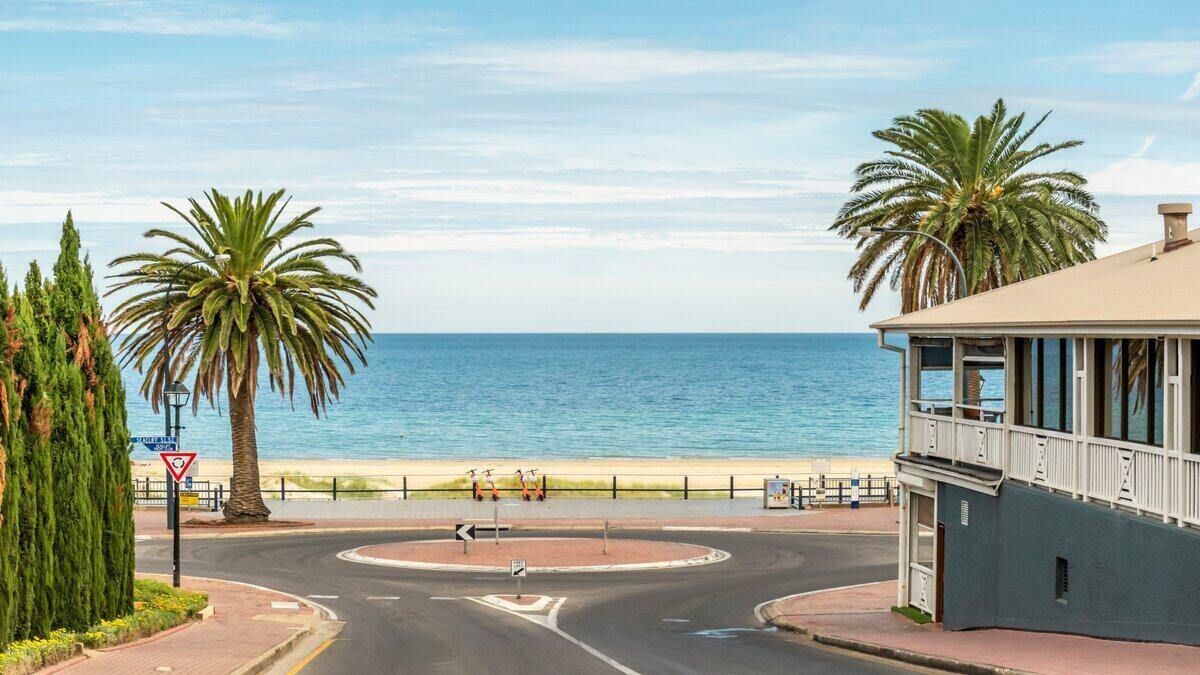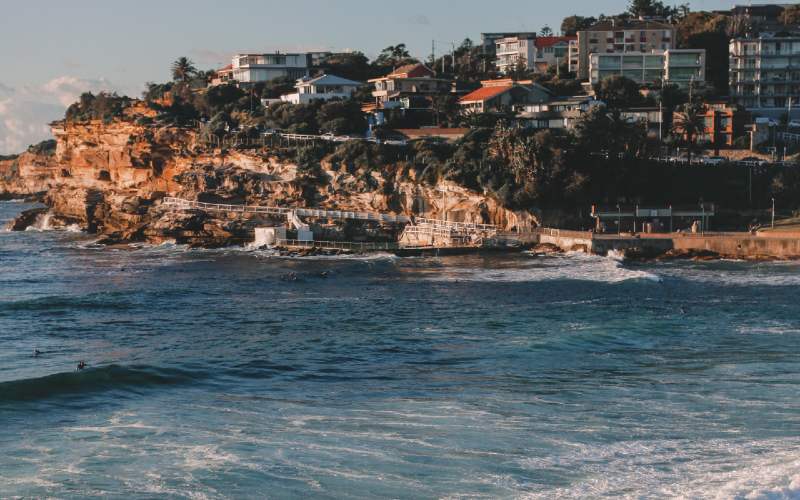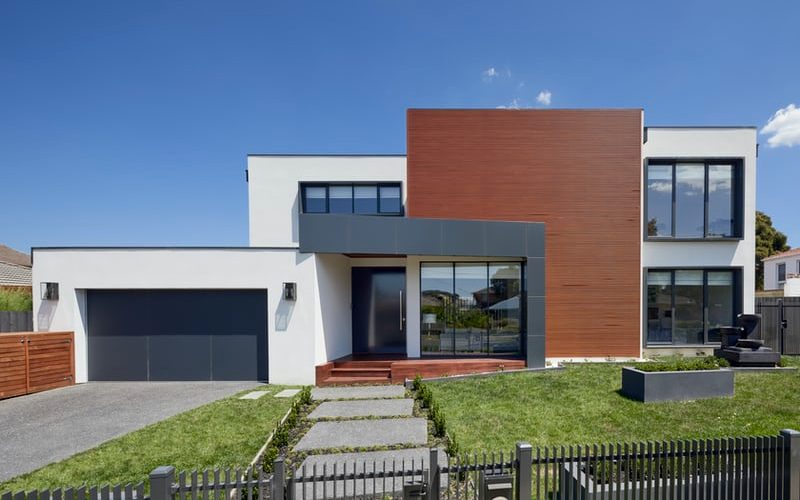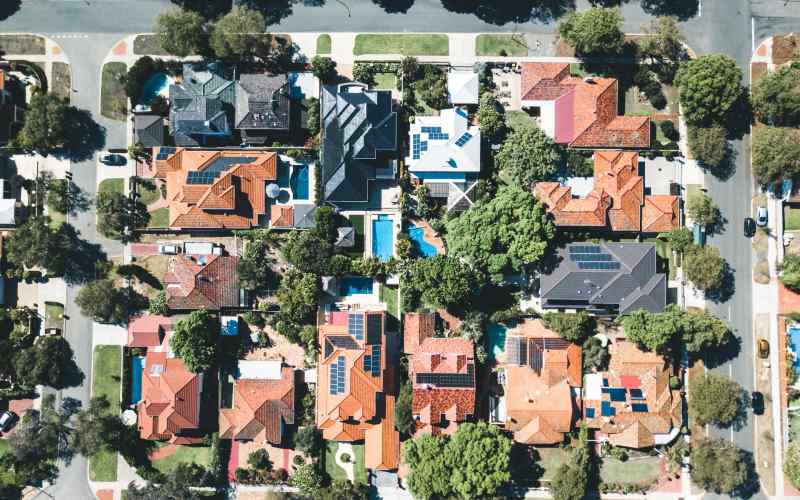NAB has forecast a 15% drop in house prices for Sydney and Melbourne over the next 12 to 18 months, while ANZ is predicting a 13% drop.
Both banks have estimated an average 10% drop in house prices nationally.
House prices in Sydney, Melbourne and Hobart could suffer the worst price drop of 13% according to ANZ, largely due to a freeze in population growth from border closures.
Darwin and Brisbane house prices are estimated to fall by 7%, Adelaide by 6%, Canberra by 5%, and Perth by just 2%.
ANZ senior economist Felicity Emmett said house prices will bottom out by June next year.
“We anticipate prices will bottom out in mid-2021 as affordability improves, but the recovery is likely to be relatively gradual given that unemployment is expected to remain above 7% until 2022,” she said.
While mortgage deferrals will help prevent forced sales, the bank says a "collapse" in demand in the face of an uncertain economic outlook will push prices lower over the next year.
The bank said weakened household income will be the biggest driver of weakness and expects unemployment to rise to just below 10%.
“But this does not capture the scale of the loss of income, with households across the income and industry spectrum experiencing cuts to hours and wages," ANZ said.
"Already, nearly a third of Australian households have reported a deterioration in finances due to the pandemic.
“This collapse in income will create significant uncertainty for households and leave many unwilling to commit to buying a home.”
"Significant" risks to property as confidence shaken
While sentiment among property professionals remained strong in the first quarter of the year, the NAB property survey found confidence was beginning to waver, reflecting early fears of the coronavirus impact on housing markets.
NAB's Residential Property Index showed sentiment in the residential property market remained strong in all states and territories in the March quarter, rising four points to a survey high of +38.
However, the survey was conducted before more restrictive social isolation measures, and bans on open homes and on-site auctions and is unlikely to reflect sharp falls in confidence since then.
"Consequently, we expect sentiment and confidence to be much lower in the June survey," NAB said.
Even so, the bank found that sentiment was already beginning to weaken, with many property professionals revising down their forecasts for national house price growth to 1.5% over the next 12 months, after predicting a 2.2% rise in the previous survey.
"Downside risks to the market are significant and property professionals have revised down their expectations for price growth in all states, bar Western Australia," NAB chief economist Alan Oster said.
NAB expects high unemployment figures to drive house prices down to between 10-15% across the capital cities over the next 12 months.
"We see a sharp rise in unemployment to 11.7% by mid-year and partial recovery to 7.3% by end 2021," Mr Oster said
"While interest rates are very low and will act to support prices, rising unemployment, slower wage growth and weak confidence will weigh on prices."

Ready, Set, Buy!
Learn everything you need to know about buying property – from choosing the right property and home loan, to the purchasing process, tips to save money and more!
With bonus Q&A sheet and Crossword!
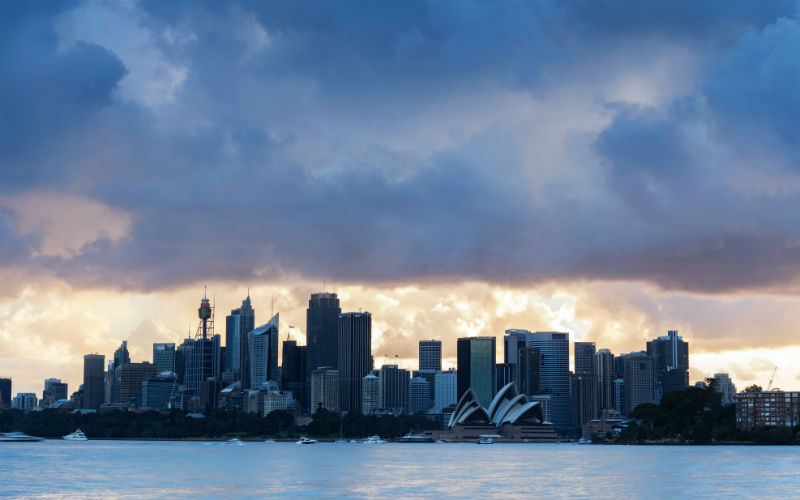

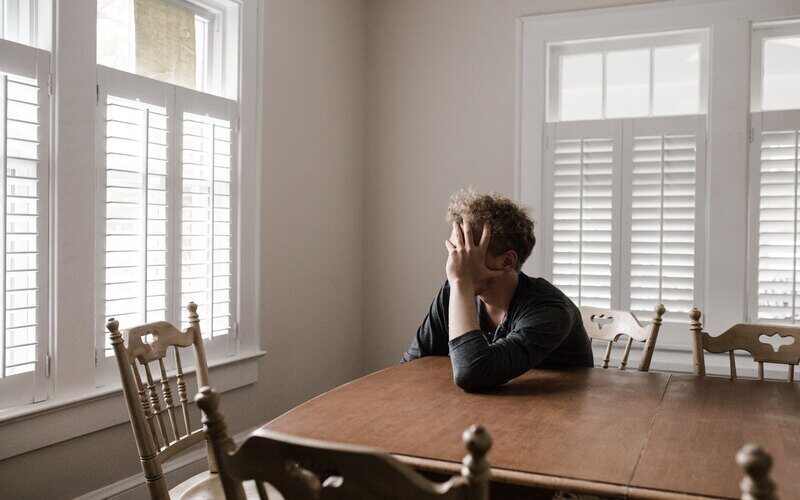
 William Jolly
William Jolly



